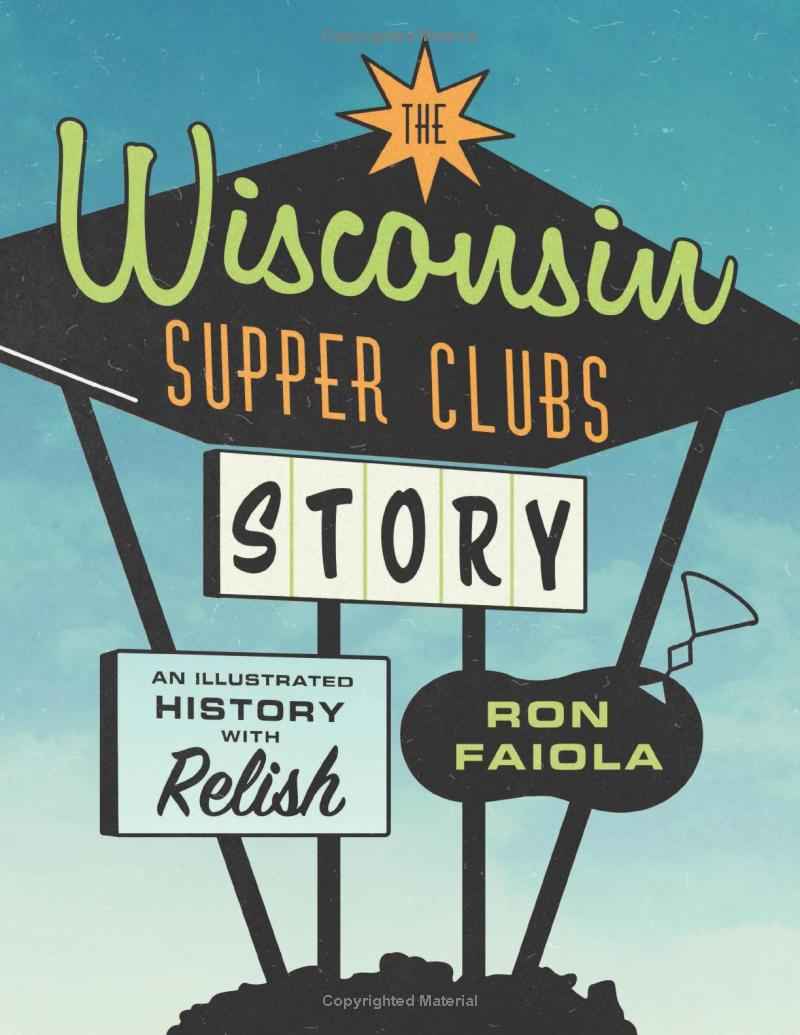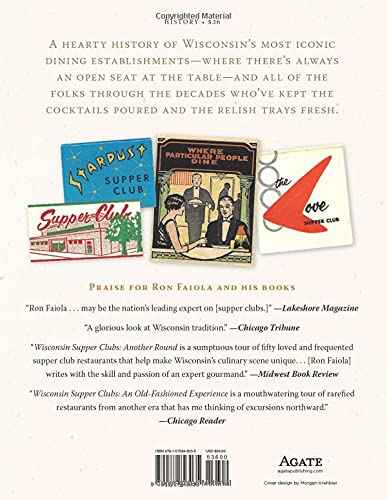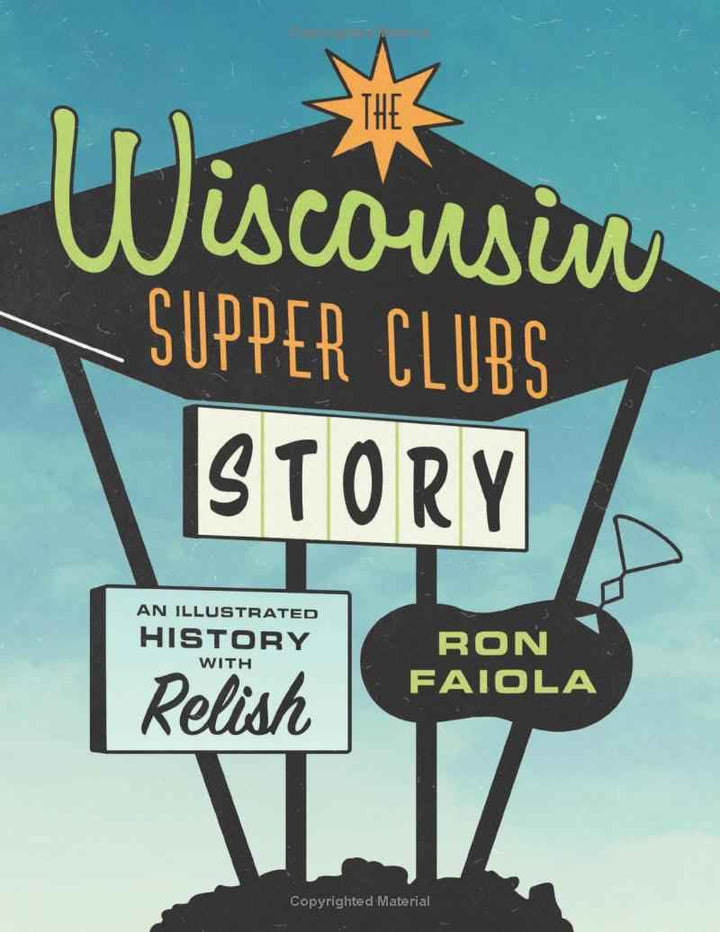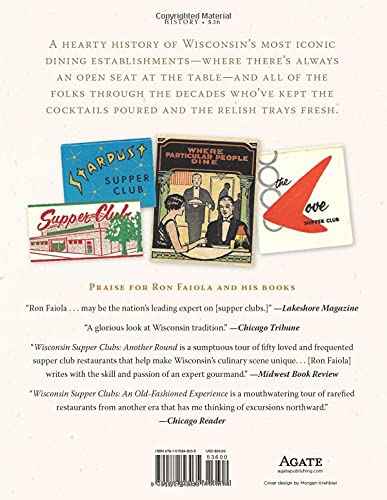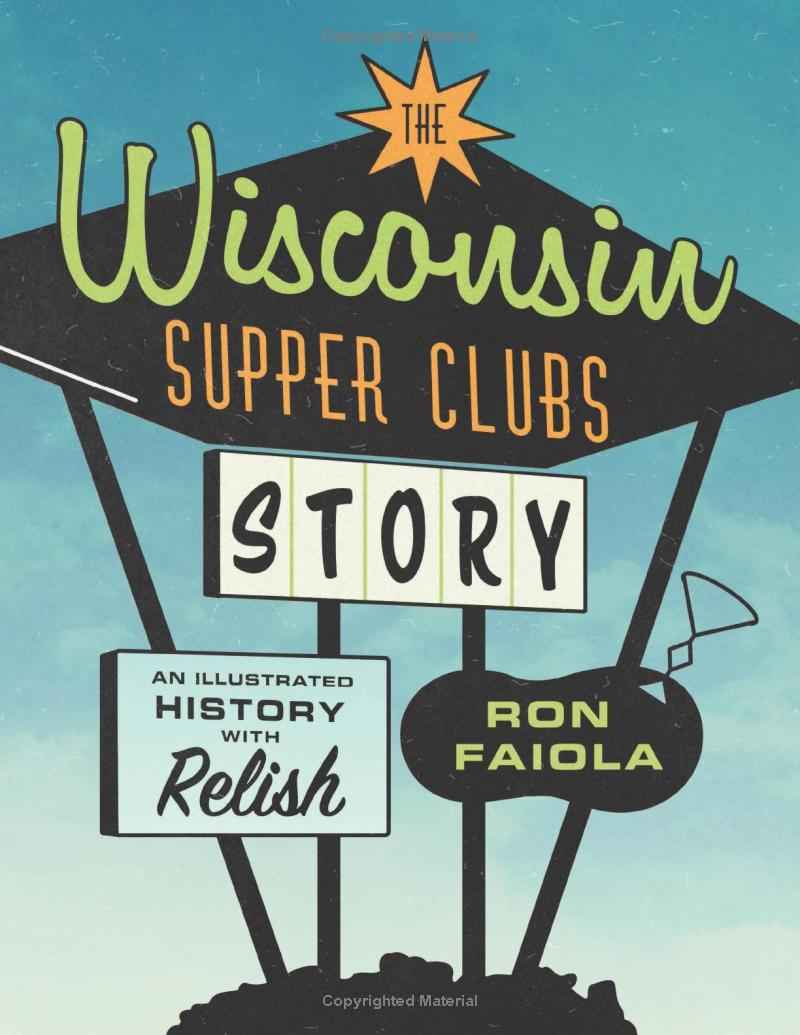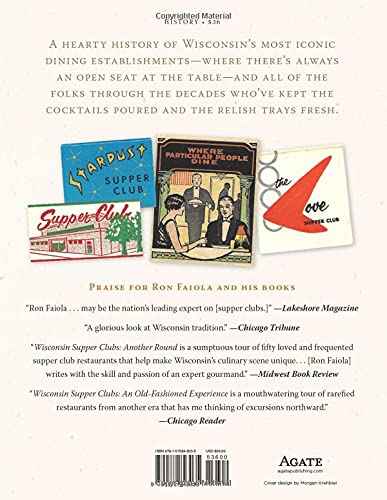The
journey begins with the world’s very first supper clubs, which emerged in London
in the mid-1800s. The phenomenon was adopted by New York’s restaurant and saloon
owners in the late 1800s, and soon spread to suburban and rural areas. Across
the United States, supper clubs enhanced culinary and dining traditions, and
greatly influenced the evolution of live entertainment such as cabaret, comedy,
and jazz, and dance crazes such as “The Charleston,” “Turkey Trot,” and the
eyebrow-raising “Wiggle Wiggle.”
Faiola unfolds the history of Wisconsin’s supper clubs with stories of its most iconic establishments, such as Ray Radigan’s, Hoffman House, and Fazio’s on Fifth. He reveals the remarkable durability of the supper club tradition as it withstood WWI, the 1918 Spanish flu pandemic, Prohibition, the Great Depression, WWII, as well as the mid-twentieth century advent of fast food franchises and casual dining chains. Through their innovation and determination, supper club owners and their staff have managed not only to survive, but to maintain generations-spanning restaurants that remain prominent features of their communities to this day.
Faiola unfolds the history of Wisconsin’s supper clubs with stories of its most iconic establishments, such as Ray Radigan’s, Hoffman House, and Fazio’s on Fifth. He reveals the remarkable durability of the supper club tradition as it withstood WWI, the 1918 Spanish flu pandemic, Prohibition, the Great Depression, WWII, as well as the mid-twentieth century advent of fast food franchises and casual dining chains. Through their innovation and determination, supper club owners and their staff have managed not only to survive, but to maintain generations-spanning restaurants that remain prominent features of their communities to this day.
You may also like










